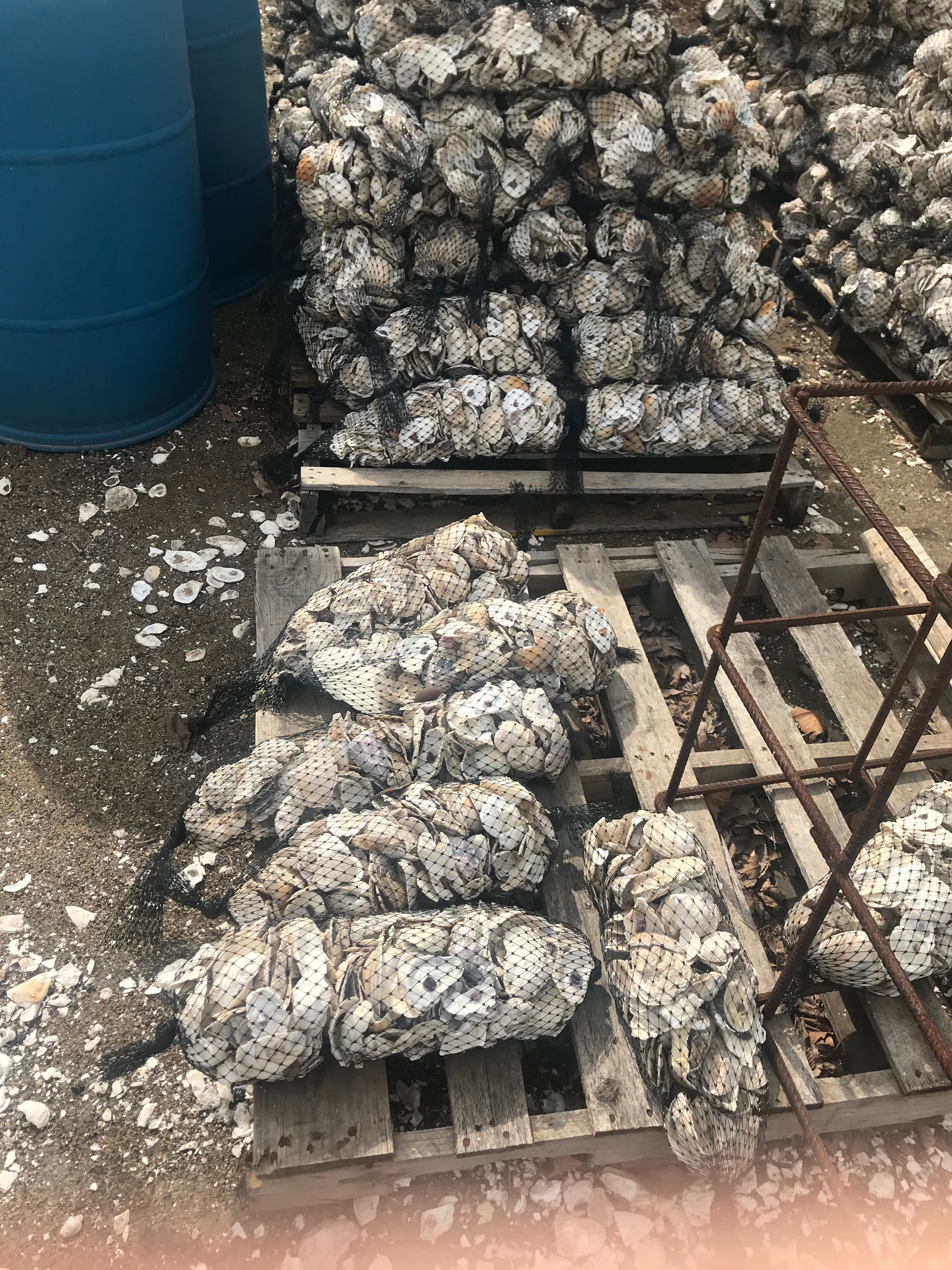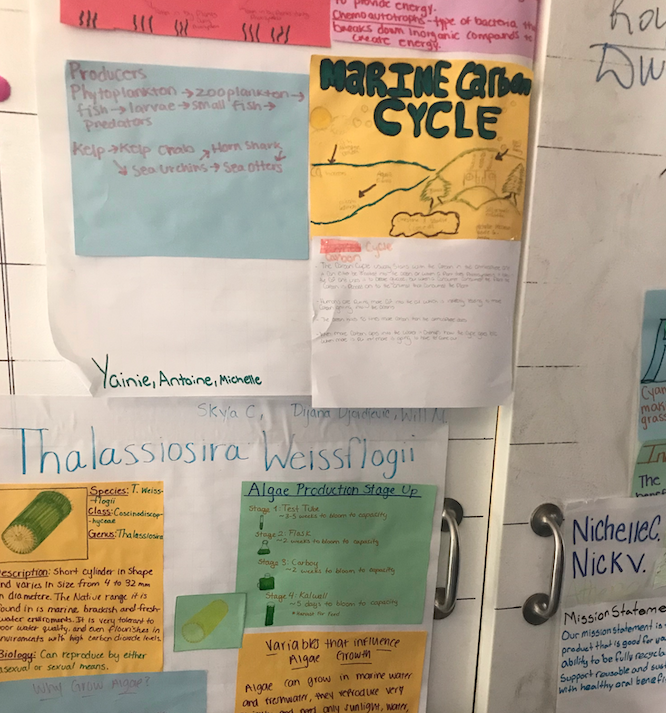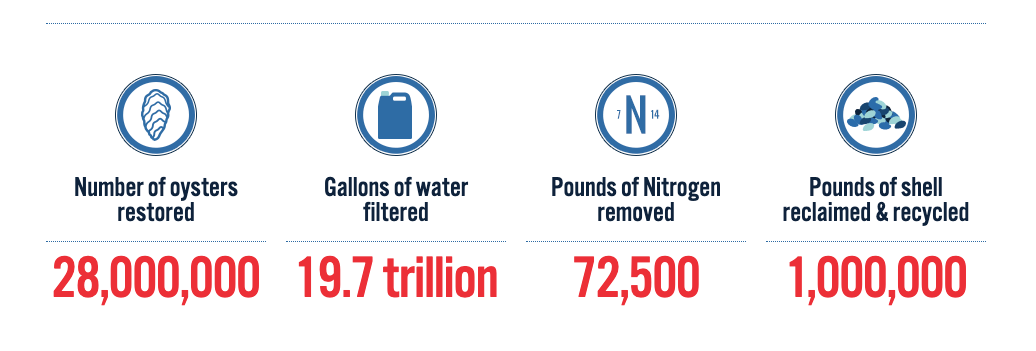
Prof. Holm’s Recent Field Trip to the Billion Oyster Project in New York
Author: Prof. Poul Holm
In April 2019, I visited the Billion Oyster project in New York. The aim of the project is to rebuild the vast oyster banks of the Hudson River estuary which were destroyed in the 19th century. The oysters will not be edible for decades to come because of the heavy pollution of the New York harbour but the oysters as filter-feeders will help clean up the water and the reefs will break the waves and help protect the estuary against rising seas. It is an impressive project with some 30 employees, most of whom coming from the educational sector, others doing outreach and a few involved in direct restoration, ranging from collection of shells, storing and cleaning the shells for a year in open heaps on the ground to packaging shells in plastic (!) bags and immersing them in a dozen locations around the Hudson River. The project is not research-based. I met Charlotte Boesch, leader of their restaurant liaison collection programme. She is an anthropologist by training which just goes to show how a marine project like this calls on people of multiple academic and practical backgrounds.

The project originated with the marine-oriented tertiary level (14-18 year olds) New York Harbor School on Governors Island which prepares kids for marine occupations, including a marine science / diving / sailing programme in addition to a regular school programme. The school has a total of 500 pupils, all recruited from around NYC. The BOP is the brain child of one the school’s teachers, Peter Malinowski, who is the manager of the programme.
The BOP does not have official state recognition and is not written into any official programme, although the Governor of New York has said warm words about them and they have the support of some members of the city council. They have planning permission for their reef programme but no long-term security. They are faced with critics who worry especially by health and safety issues if the BOP is successful and poachers will begin to sample oysters which will be poisonous.

The project has planted 28 million oysters so far and have seen evidence of larval oysters beginning to grow on the reefs. When I pushed Charlotte if this was proof of concept, she admitted that the biology is not established. It could be freak occurrences and they will need better evidence. They are however convinced of their method’s success. The have a large group of volunteers and have a successful corporate engagement programme which has companies send some 30 people in a day to help clean the shelves from the restaurants before they are put in heaps in the open for a year. They have some 30 restaurants providing shells and collect shells five days a week. However, at the moment this is done at no cost to restaurants and the BOP needs to introduce a fee that will pay for the collection. They believe that the programme will still be attractive as restaurants otherwise need to pay for waste collection.
 Some facts and figures from the BOP to date
Some facts and figures from the BOP to dateBOP has a strong programme of middle-school activities (10-14 year olds) with a number of NYC schools who visit the island for a day. Funding is of course an issue. They are funded for the year and organise major fund-raising events. There is a lot of good-will so they expect to be able to continue.

